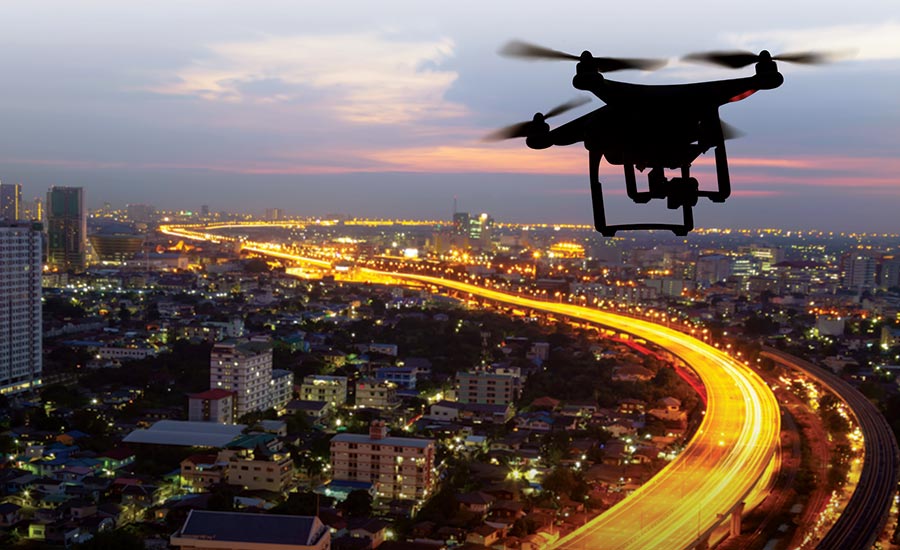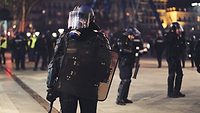A research team at TU Delft and Radboud University of Nijmegen in the Netherlands and the University of Liverpool piloted a swarm of tiny drones autonomously and found two ‘disaster victims’ despite each machine having extremely limited sensing and computing.
According to a news report, the research claimed this was a “significant step in the field of swarm robotics” and could lead to search-and-rescue swarms that are much quicker than single, larger machines.
“In the future, rescue workers will be able to release a swarm of tiny drones to explore a disaster site such as a building that is about to collapse,” the announcement said. “The swarm of drones will enter the building, explore it and come back to the base station with relevant information. The rescue workers can then focus their efforts on the most relevant areas – for instance, where there are still people inside.”
"In the demonstration, the tiny 33g drones were equipped with video cameras and sent into an indoor office environment to find the two dummies representing victims in a disaster scenario. The six drones explored about 80 percent of the open rooms in six minutes, much quicker than would be possible with one drone, said the report.









